YouTube still has billions of users and the number of active creators continues to grow. Being a YouTuber is a dream job for many young people. But it is impossible not to notice that little is left of what YouTube was in the beginning (that is, 18 years ago – on February 14, 2005, the service debuted on the Internet ). And it’s not about the quality of the published content at all.
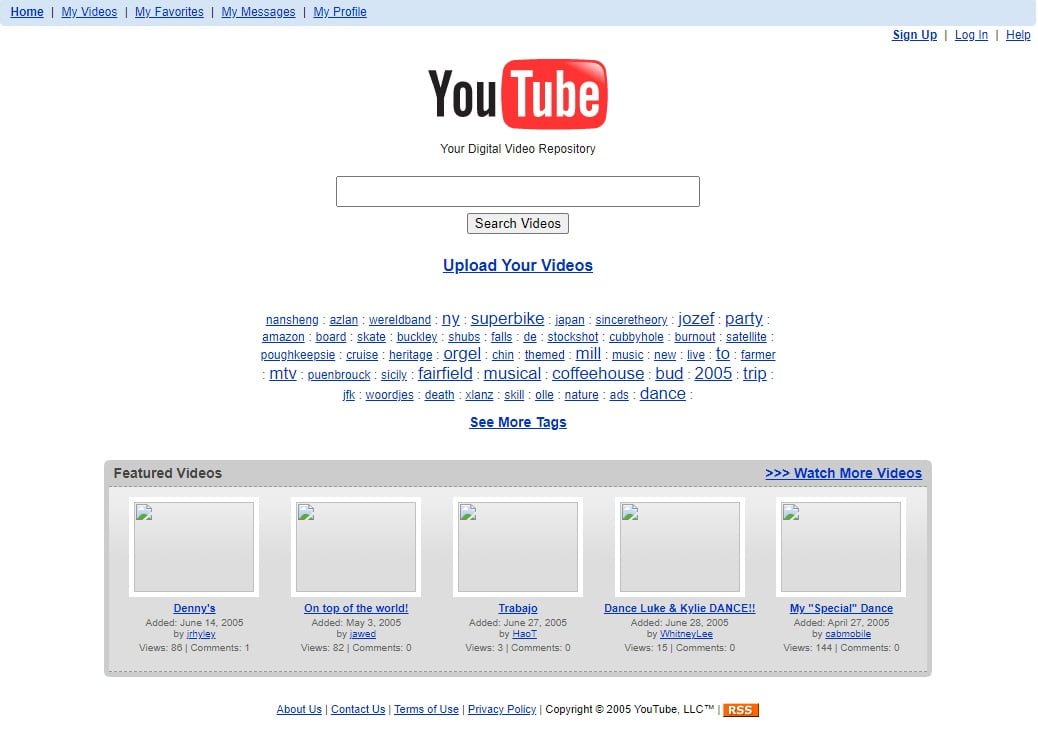
More and more people are turning away from this platform – even though there really is no better alternative. Perhaps Twitch, and even more so TikTok, has something to say here – the latter has picked up on many users and creators who didn’t like the changes on YouTube.
Predictions vary – some say YouTube is too big to fail. Others say that in the coming years may share the fate of MySpace. However, will YouTube really disappear from the network in the next five years? I do not think so.
However, we have many complaints about this platform. Many activities undertaken in recent years have made the user more and more irritated instead of enjoying it. Of course, some of the problems will go away when you pay for YouTube Premium. Either way, YouTube strongly encourages it. But most users still prefer to use the free version… and so they “doom themselves” to an increasingly bad user experience.
We know that in this case, you have to accept some compromises, but in recent years, it took a lot of patience and perseverance to remain a YouTube user.
Here’s what’s been bothering me the most lately…and I know I’m not alone in these feelings. Worse, it’s not like all of these problems started today or yesterday – they’ve been going on for a while…and only getting worse.
Reason #1 – way too many ads
We understand that content needs to be monetized, but what’s happening on the site in terms of advertising is failing. This is revenue from the service and individual channel creators, so we have ads before, after and between tapings. They are usually displayed in “packages” of two ads and you have to wait longer and longer to have the possibility of closing them. It’s even more annoying when the video you want to watch is short, and in the end, it turns out that there were longer ads that couldn’t be skipped. Up to 30 seconds. If you’re unlucky, you’ll get two before the movie starts.

Also, in 2021, Google changed YouTube’s terms of service — changes that were only aimed at one thing — to boost ad revenue. Called “Right to Monetize,” the settlement meant one thing: Google can place ads in videos of all content, including channels that aren’t part of the YouTube Partner Program. Which means that even if the authors of the recordings didn’t want to place ads in their videos, YouTube can still display them and doesn’t have to share the profits – the creator won’t receive anything.
Let’s also not forget that users often turn to YouTube when looking for information in emergency or crisis situations – for example, related to first aid. Meanwhile, YouTube isn’t shy about running an ad for a laundry detergent or an online store when potentially every second counts. Here’s another example from my own experience: I used YouTube a lot to put my baby to sleep in the past. There were hundreds of lullabies, melodies and noises on the site, to which the toddler fell asleep quickly. Currently, this does not make sense – interrupting these types of recordings with advertisements that wake the baby simply prevents such use of the service for this purpose.
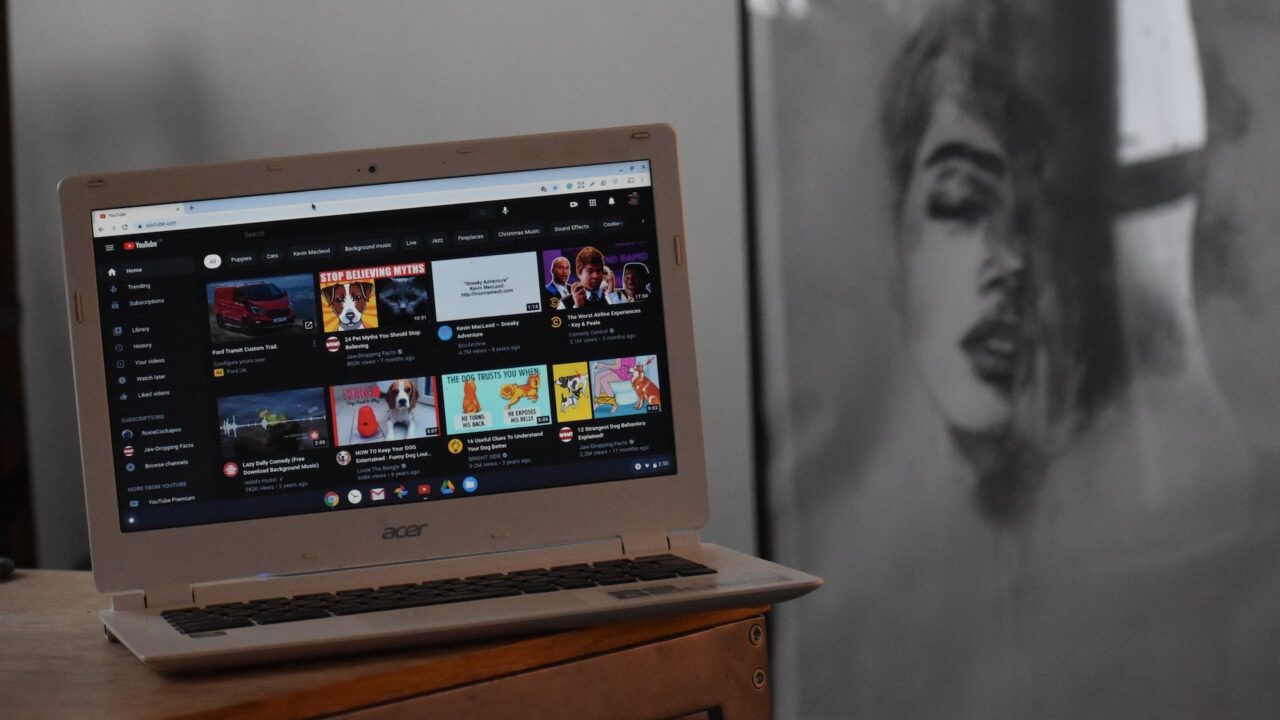
Reason #2 – hide the number of negative ratings
The rating and recommendations of Internet users have a great impact. As a result, YouTube’s decision to stop displaying the thumbs down number in November 2021 has been widely criticized. This tool, along with the number of thumbs up, was created so that you can distinguish the good content and not waste time on the bad. This was a community action based on the wisdom of the crowd – the decision to remove it was certainly not made to help users. Undoubtedly, this was a political decision and simply a favor for big business (sometimes facing a massive negative vote as an expression of consumer protest), but also for all kinds of scammers and fraudsters.
Removing the counter is a clear indication that YouTube has stopped focusing on quality – only quantity. It doesn’t matter if the video is valuable, it will stand out solely based on the number of views and thumbs up – and because of how it translated into profit for the site.
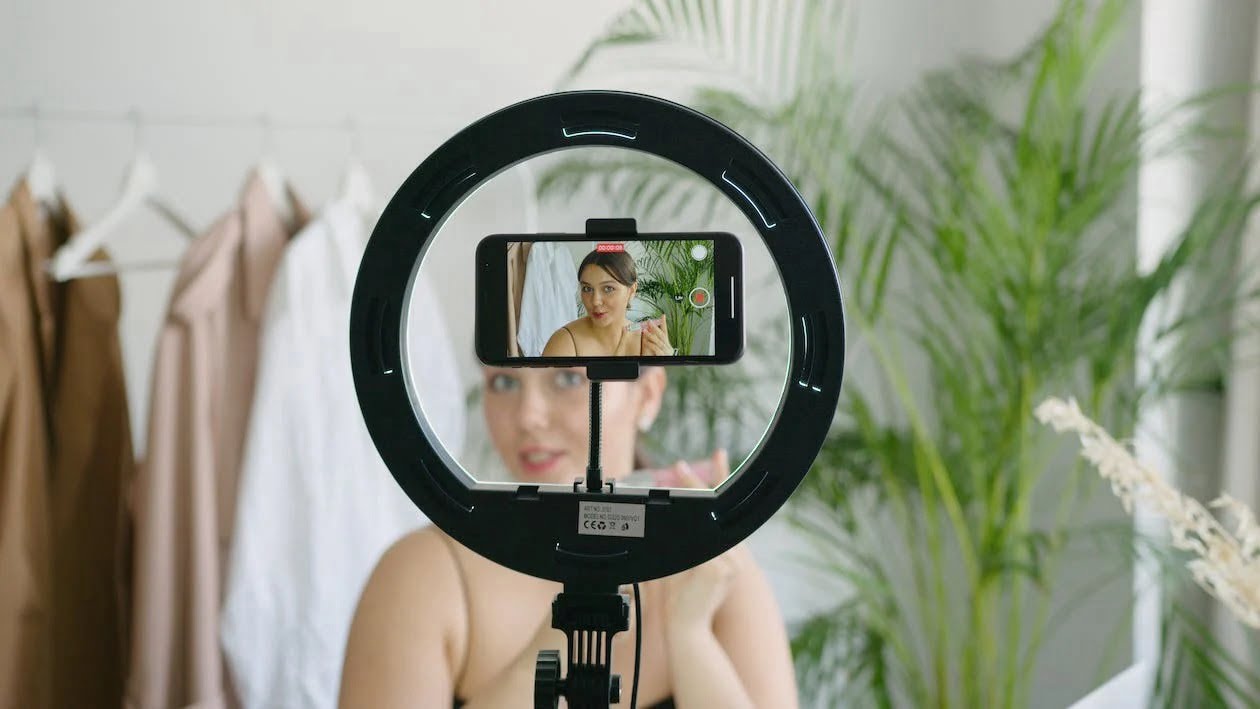
Another unpopular move was the removal of the Community Contributions feature, meaning Community Contributions, more specifically, the placement of translations below videos. Social translations were intended as a way for channels with an active fanbase to find translations. Thanks to this, many channels very quickly offered subtitles under their new videos, available in many languages. And then he just got taken away for some reason.
Reason number 3 – copyrights and regulations that creators must follow
YouTube does not take sides with creators who use copyrighted content, but only within the limits of the fair use guidelines. A company that claims a YouTube video infringes its content always wins. It is a field of enormous abuse. For example, the notorious and very aggressive claiming of recordings from which the creator earns money. By acknowledging them, YouTube transfers all profits from the creator to the requester, regardless of the number of seconds/minutes of actually “problematic” music. Even if the creator recorded a 2-hour video and used a few seconds of music, this recording may be blocked based on a charge of copyright infringement, and the profit made will not go to the creator’s account , but to the company that filed the claim.
A YouTuber with over 3 million subscribers received a copyright infringement report from Sony for using 4 seconds of music in a 17 minute video:
Not only are the copyright rules unclear to creators, but also the inconsistency of the rules related to the content of recordings. For example, in matters of oath. One year swearing is allowed, the next year it isn’t, and then the service relaxes the rules again or makes them more restrictive. This means YouTube can remove videos overnight for content that a month earlier met all of the site’s criteria. And you can’t do anything about it.
Along the way, there’s also been a forced integration with the Google+ platform, bypassing the most popular creators by censoring YouTube Rewind, manipulating the most popular video lists – so what’s “High on” or in the “Trending” tab does not necessarily represent what is actually watched…
Reason #4 – no responsibility for content and recommendations
Not only is YouTube filled with ads, but it hides relevant information from users, it also censors content in its own way – and escapes responsibility for what users post on the site. Section 230 of the Communications Decency Act of 1996 gives internet giants such a gateway. This is a provision that allows Internet companies to moderate the content of websites and relieves them of responsibility for publishing the content of their suppliers who are not publishers. And companies like Facebook, YouTube and Twitter are ready to use it. Of course, that doesn’t stop them from freely censoring selected entries or videos.
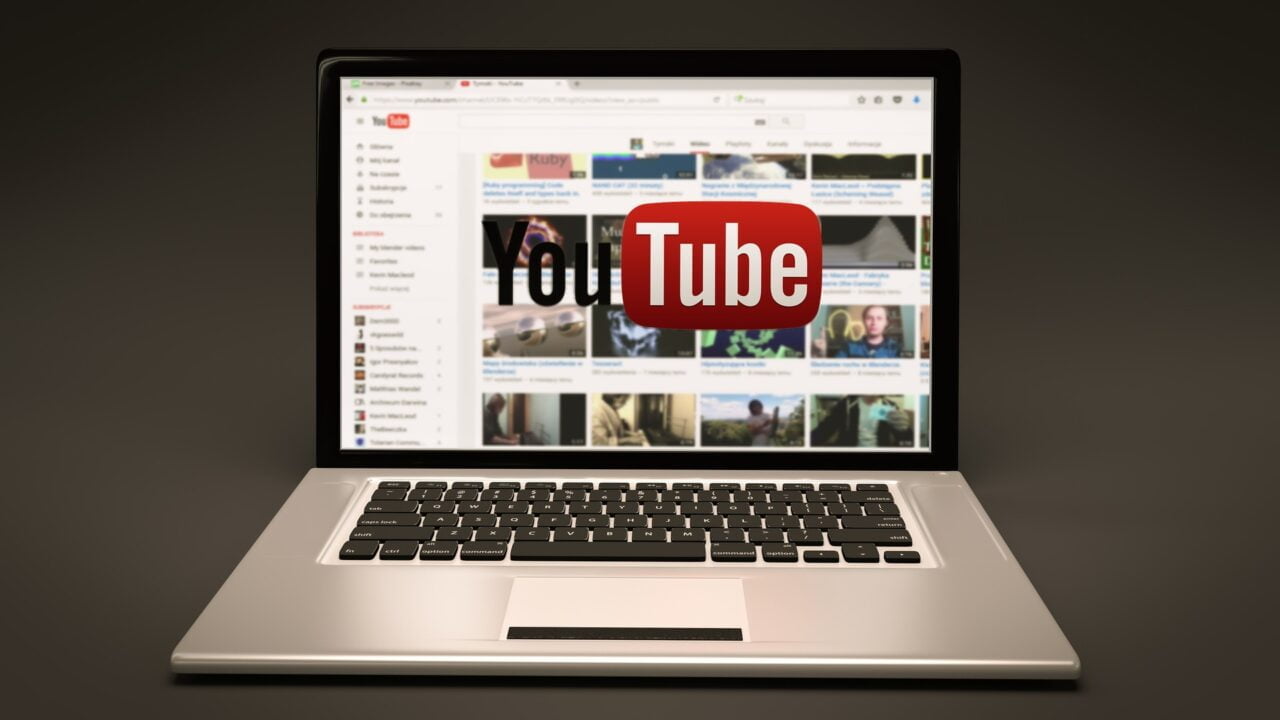
US manufacturers are pushing to abolish this regulation – but the lobby from the tech giants is really strong. However, it is possible that lawsuits brought by citizens, such as the Gonzalez v. Google case, recently brought before the United States Supreme Court, may contribute to changes.
The Gonzalez v. Google case follows the November 2015 terrorist attack in Paris that killed more than 100 people. Among them was a young American student, Nohemi Gonzalez. ISIS took responsibility for the attacks. What does Google have to do with it? The student’s family sued a Google-owned video platform as responsible for the attacks by hosting and posting videos that the family says helped inspire and radicalize the terrorists.
Of course, there is no direct evidence that the real terrorist watched any particular video – however, it is true that YouTube did post some of these videos. Here, the site would be protected by US law. But according to the lawyer, this should not be the case if YouTube itself recommended similar titles, similar recordings, as long as the user was interested in a given subject. Then the responsibility no longer lies with the person who uploaded the video, but with the website that provides him with more similar content … In the meantime, it has been calculated that YouTube’s recommendation algorithm drives 70% of what people watch on the platform.
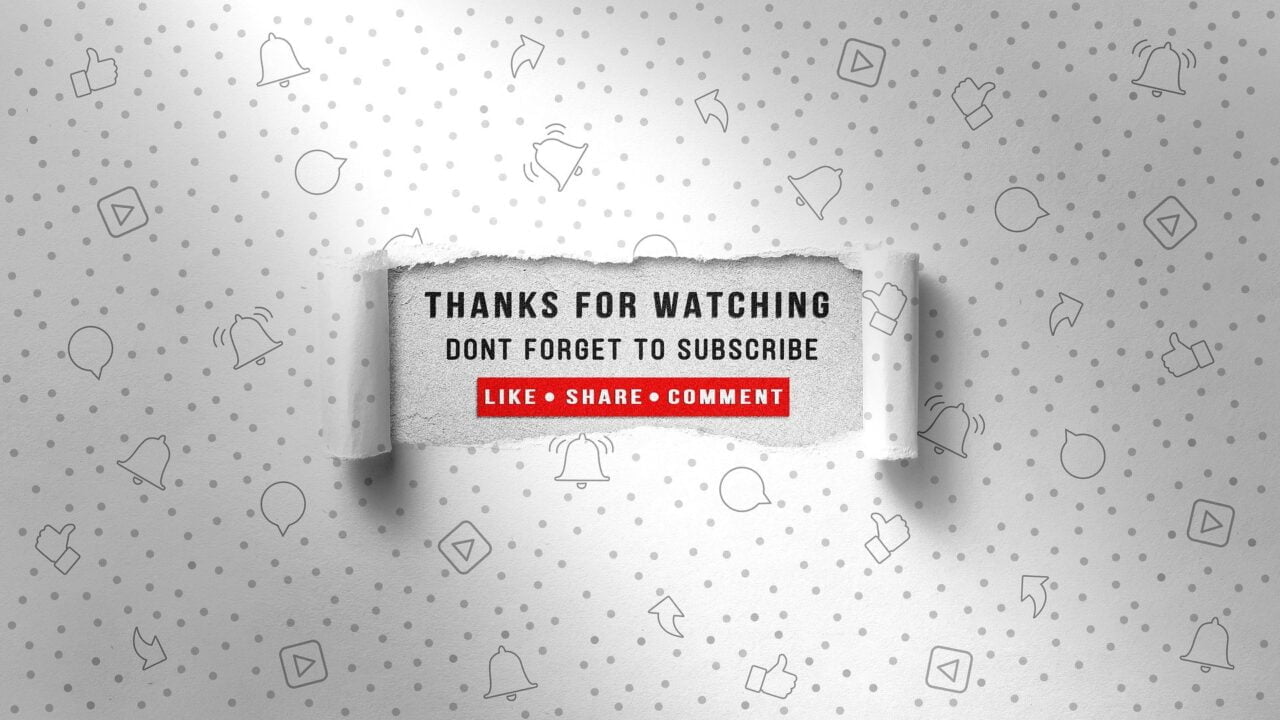
Will the Gonzalez family be able to hold the internet giants responsible for the consequences of online content shared on their platforms? I suspect not. First, tech companies are too powerful to allow this to happen. Second, it is not the people who decide the recommendations, but the algorithms. And these can be changed. And third, Americans love lawsuits – can you imagine what would happen, what uncreated things Google, Facebook or Twitter could be accused of, if this one law were lifted? Exactly.